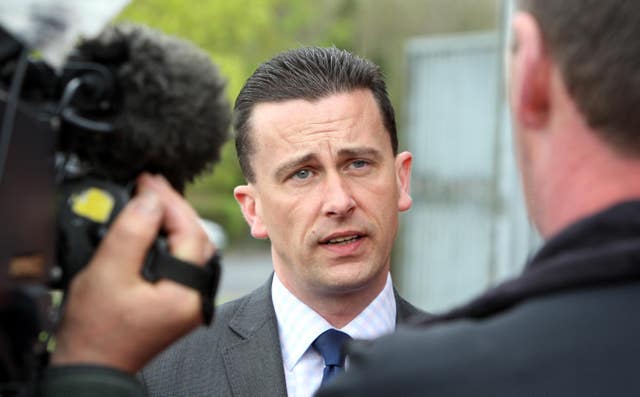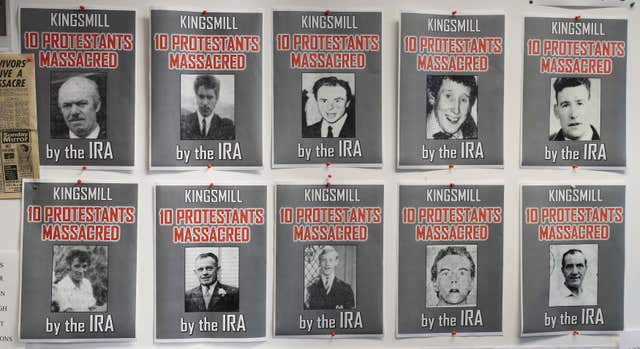Detective speaks of ‘remorse’ over failure to get Kingsmill families justice
Detective Chief Inspector Ian Harrison told an inquest into the atrocity that if he could change the situation he would.

The detective who led the latest investigation into the Kingsmill massacre says he feels remorse he could not get justice for the bereaved families, an inquest has heard.
Ten workmen were murdered in the mass shooting in south Armagh on January 5, 1976. The atrocity has been attributed to the Provisional IRA.
No one has ever been convicted over the murders.
Detective Chief Inspector Ian Harrison told an inquest sitting in Belfast it was a “horrendous situation” for the bereaved families.

“If I could change the situation I would.”
Mr Harrison was tasked with leading a fresh investigation into the atrocity in 2016 after a palm print, found in a van police believe was used by the murderers, was successfully matched.
The palm print was collected in 1976 with attempts made to match it using police database systems in 2010 and 2014, but these were unsuccessful.
Earlier during the hearing on Wednesday, Mr Harrison put this down to “system and human error”.
Following the print’s eventual successful matching, a 59-year-old man was arrested by police in Newry, Co Down. He was questioned and a file was sent to the Public Prosecution Service.
In February 2017, the PPS announced it would not be pursuing a case against the man due to insufficient evidence.
Mr Harrison read a section of the report he submitted to the PPS to the inquest.

Mr Harrison said he believes it is “more likely than not” the van was the one used by the terrorists, but there are no witness accounts that can place it at the scene.
There is also a lack of certainty over how the palm print came to be in the van.
Mr Harrison added: “We were not able to discount that the palm print had been placed there innocently.”
The man who was arrested, referred to in court as S54, was asked to account for how his palm print was found in the van. He made no comment during police interviews.
The inquest also heard the suspect was described in police intelligence report as “dangerous”.
“An old school, very dangerous terrorist who would be familiar with police procedures. He should be treated with caution,” the inquest heard.

Kingsmill was one of the most shocking incidents in Northern Ireland’s past.
Republican terrorists stopped a minibus carrying a group of Protestant textile workers off a bus, lined them up and shot them on a roadside.





